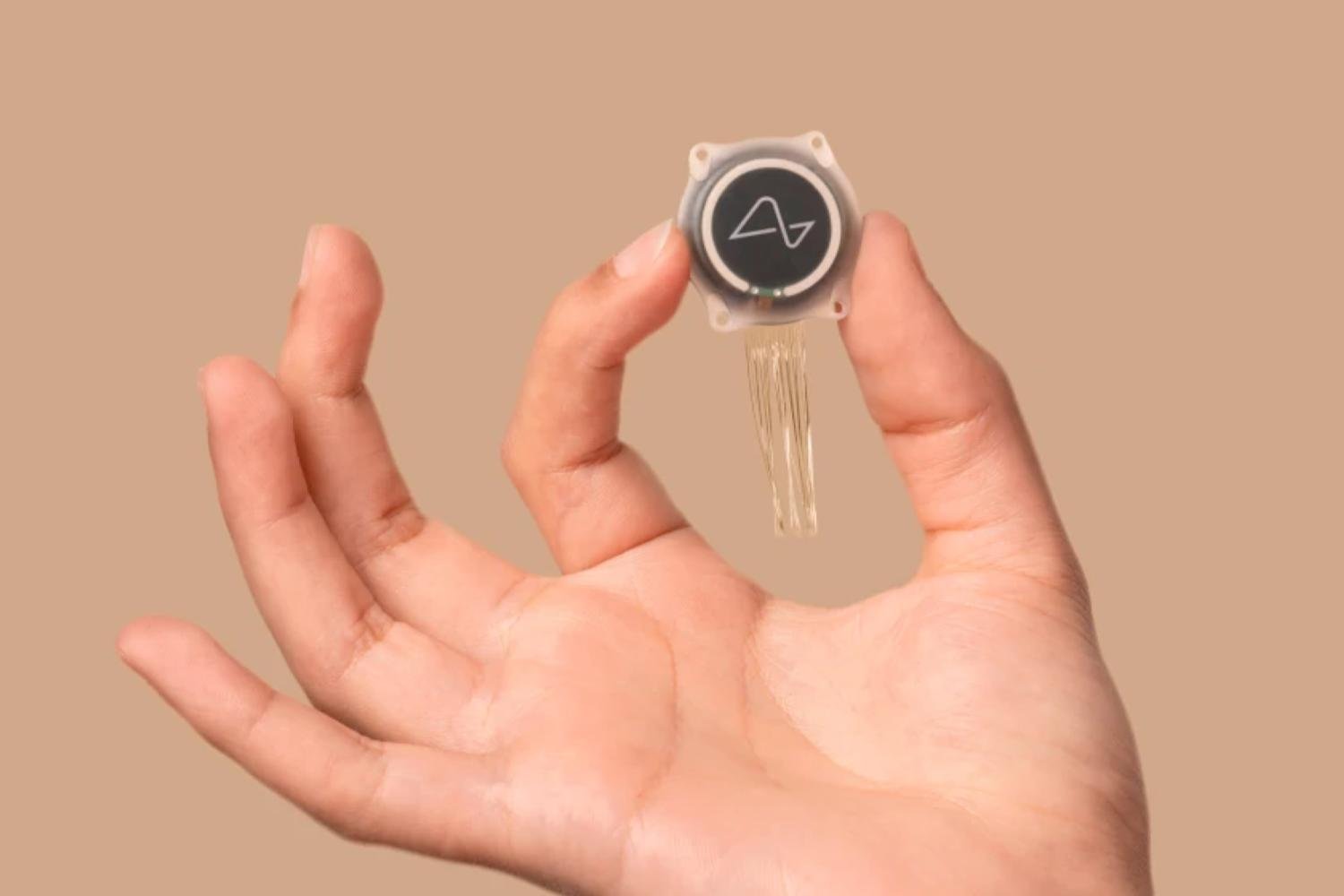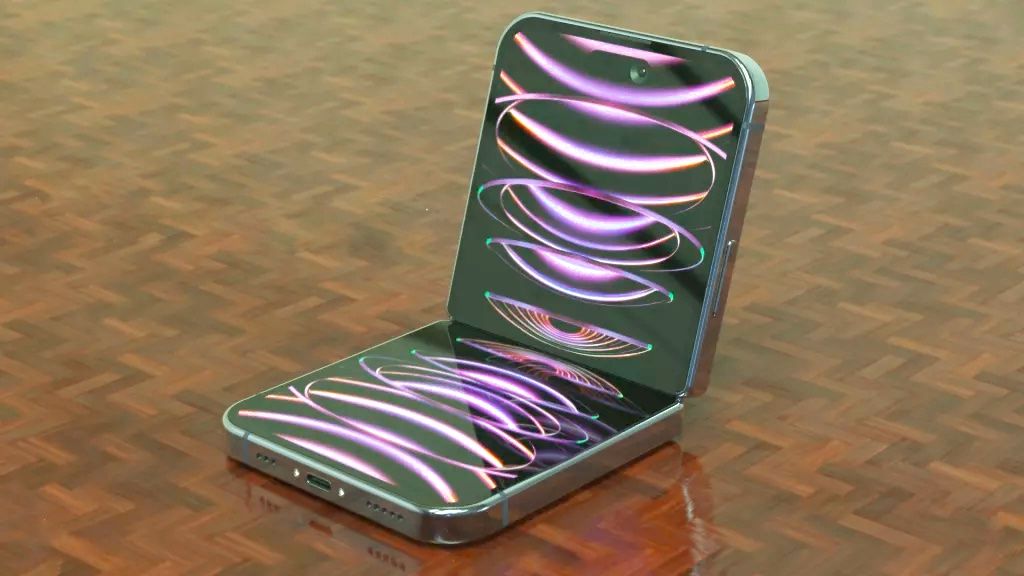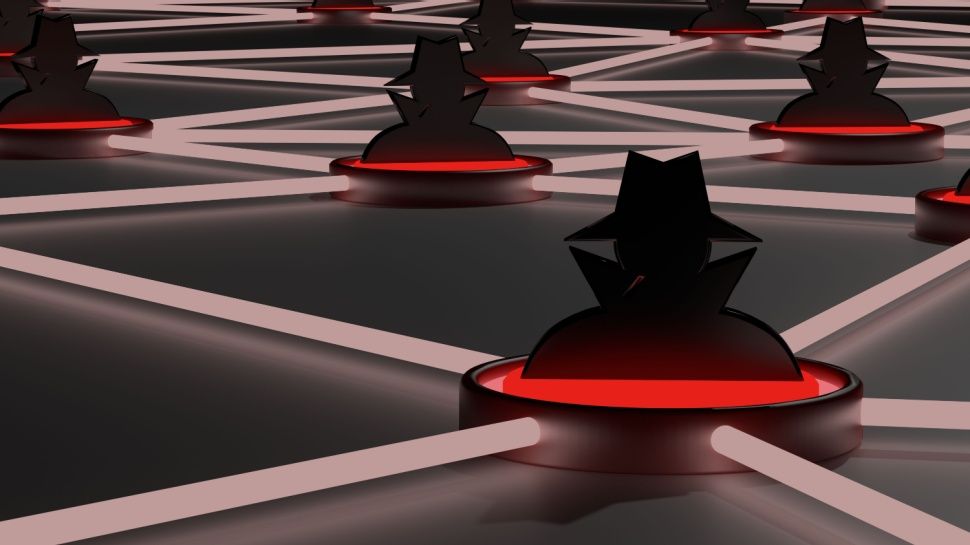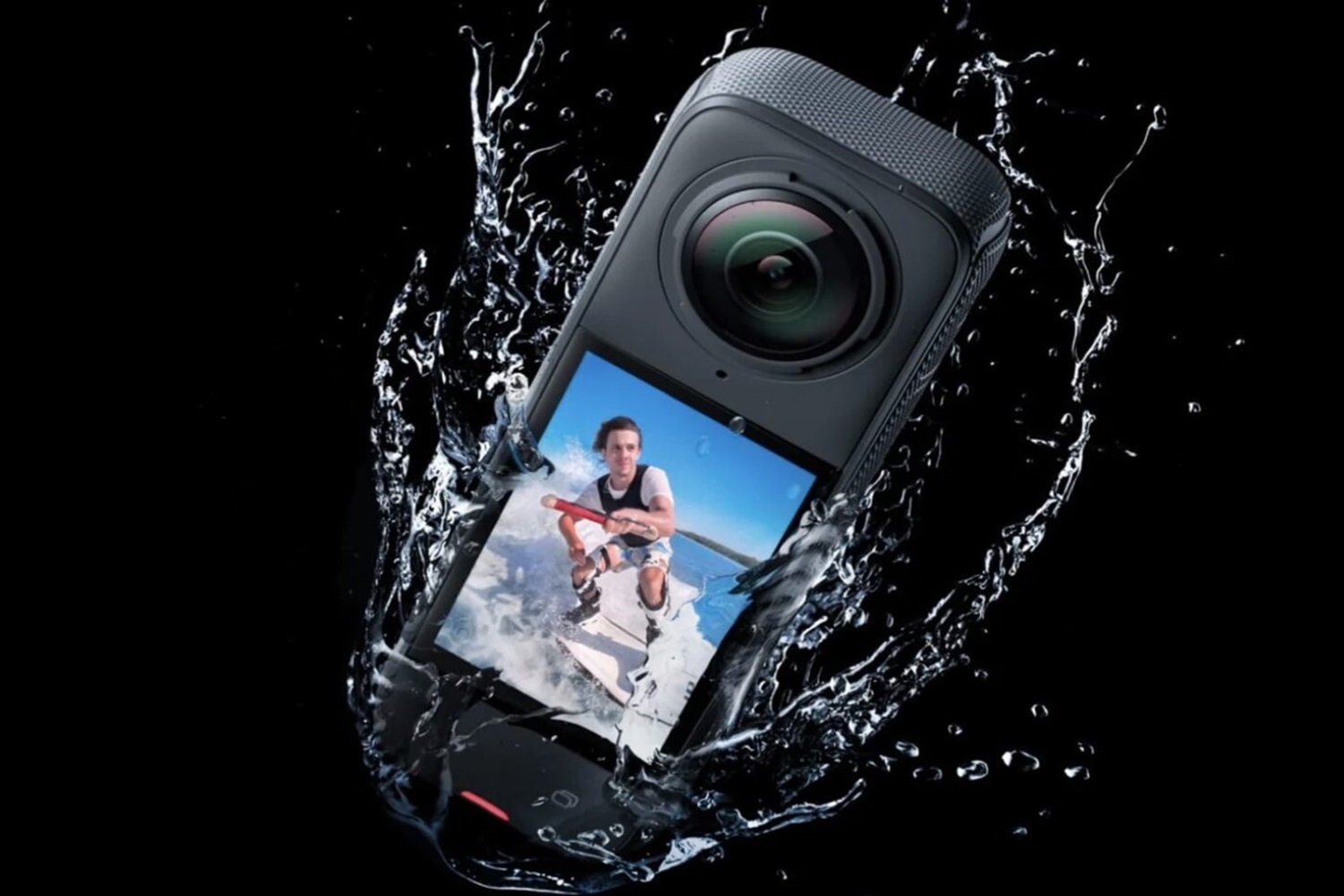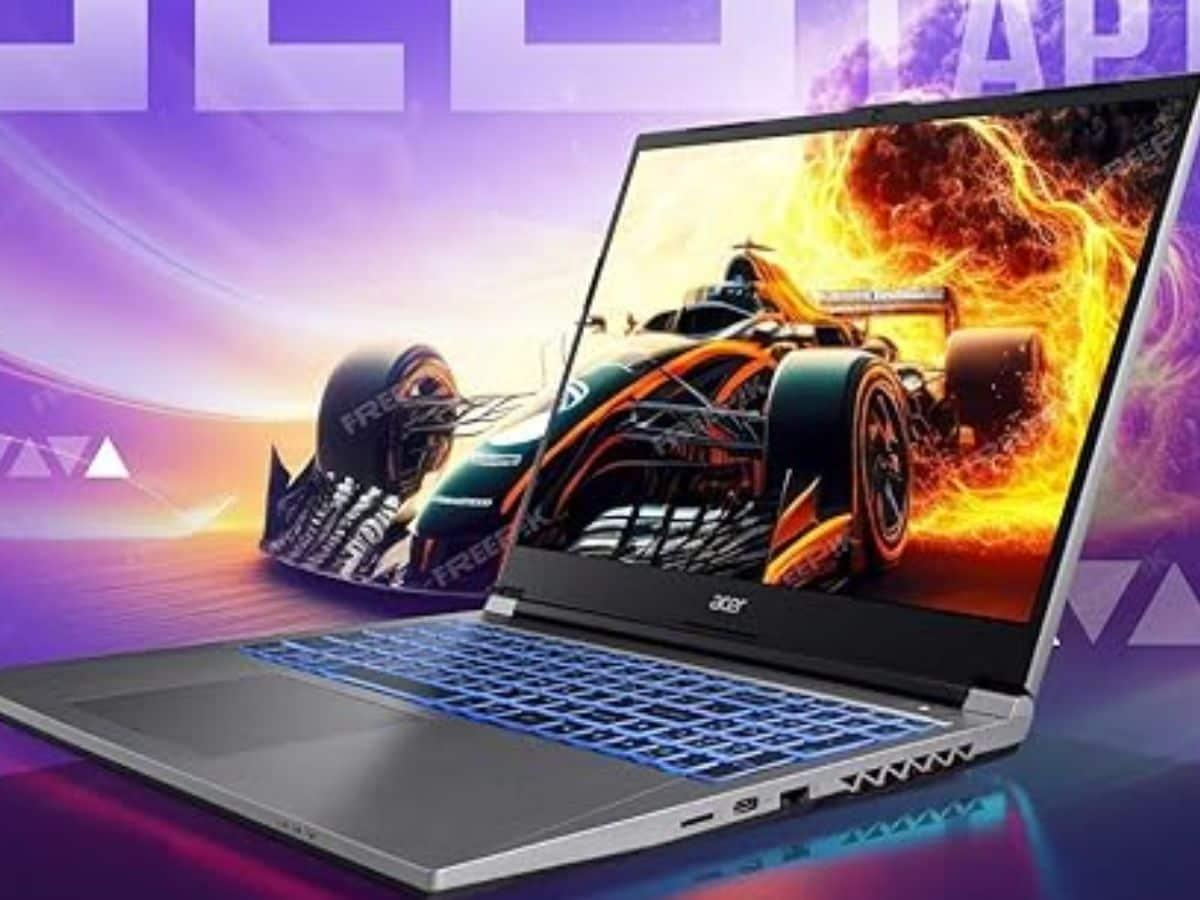This Monday, Neuralink announced that it had received approval from health authorities to launch a new, particularly ambitious feasibility study. In a message spotted by Reutersit announced plans to allow its brain chips to control robotic arms — a move that, if successful, could take Elon Musk’s company to a new dimension.
Until now, Neuralink has focused on allowing quadriplegic patients, that is to say paralyzed in all four limbs, to use its product to control a computer. These efforts are especially embodied by Nolad Arbaugh, the American who was the first person to benefit from this protocol. He was featured in several demonstrations and promotional videos where we saw him playing chess on his PC, or even playing a few games of Mario Kart with the family – all in thought.
But this story is not a real fairy tale either. Arbaugh notably went through a very difficult time when approximately 85% of the electrodes implanted in his brain failed to stay in place, leading to a partial loss of functionality. This forced the Neuralink teams to make some adjustments to the control software, in particular to increase the sensitivity of the remaining electrodes.
To avoid this type of incident in the future and learn how to better manage them, the company is currently conducting a study called PRIME, the objective of which is to evaluate the security of this brain-machine interface (BCI) and of the surgical robot which is used to implant it.
Subscribe to WorldOfSoftware
And in a post on X/Twitter, Neuralink announced that it would follow up on this PRIME study to accelerate its new feasibility study on the implementation of a robotic arm, by allowing participants in the first to register directly per second.
We’re excited to announce the approval and launch of a new feasibility trial to extend BCI control using the N1 Implant to an investigational assistive robotic arm.
This is an important first step towards restoring not only digital freedom, but also physical freedom. More info…
— Neuralink (@neuralink) November 25, 2024
The dawn of a new era for Neuralink?
On the other hand, the firm has not revealed any technical details regarding this new initiative for the moment. We will therefore have to wait a little longer to find out exactly how she intends to proceed. But in theory, it could be a big shift for the company. Because even if it is the company most exposed from a media point of view, in particular because of its direct affiliation with the sulphurous billionaire, Neuralink still shows a significant delay compared to some of its competitors . We think in particular of Synchron, a company which already started implementing ICMs well before Neuralink, with very encouraging results. But if it manages to directly connect its implant to a synthetic member, it could take an important step forward and stand out from its direct competitors.
It is worth remembering that the concept is not new; other companies have already allowed patients to control a robotic arm using a BCI. We can cite BrainGate, which demonstrated a system of this kind… in 2012.
But at present, no such system is available on the market. This is where Neuralink could make the difference. Elon Musk’s philosophy has always been to encourage a very rapid process of innovation, and we can still see this through the approach of double enrollment of patients in two simultaneous studies. This process could help his company’s engineers deliver a mature version in the relatively near future (relatively speaking). If so, Neuralink will be well positioned to become the first company to offer a commercial BCI that could change the lives of many patients.
It will therefore be advisable to keep an eye on Neuralink’s next announcements to find out more about this new program, as well as the state of health of the second recently transplanted patient, whose identity remains unknown for the moment.
🟣 To not miss any news on the WorldOfSoftware, , .

